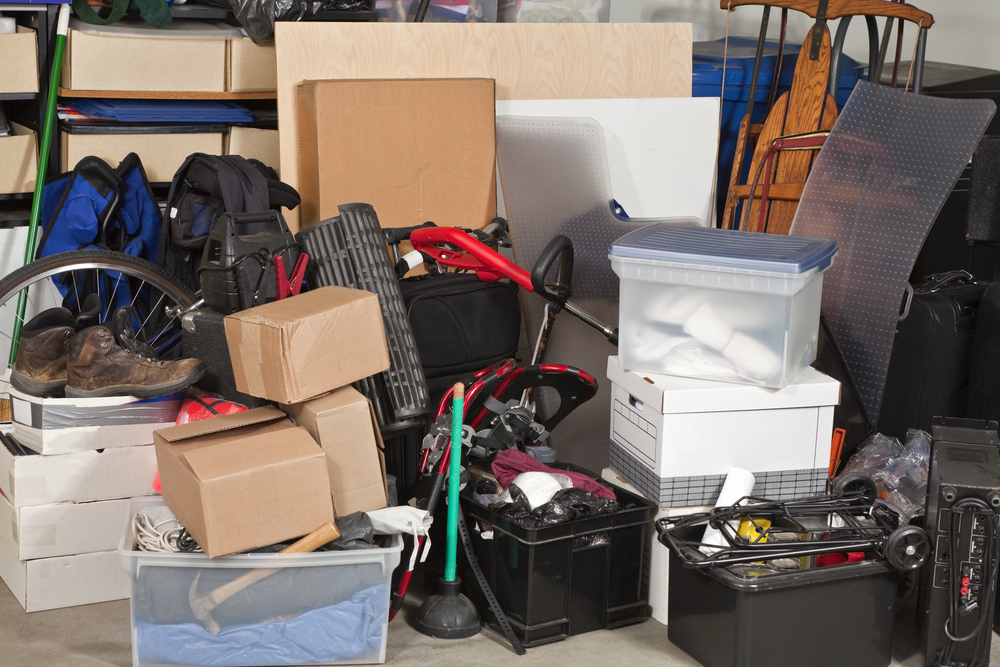
I’ve known my friend Sarah for 15 years and I talk to her almost every day. At least every couple of days she mentions her basement (and not in a good way).
Sarah’s basement is a chaotic mess filled with boxes from her grown daughter’s childhood, furniture inherited from her mother, luggage, tools, Christmas ornaments, coolers, old paint, sterling silver, table linens, old files, and her washer and dryer.
This (lack of) organization in her basement has been going on for years, and it’s driving Sarah crazy. It’s a very small space and pretty packed, so it’s not easy to move around or spread out, and she’s not sure how to tackle it.
To tell you the truth, Sarah’s basement reminds me of many businesses that I’ve come across during my career. You know the kind I’m talking about they’re run by smart people and they make a lot of money, but they’re full of all kinds of clutter (literal and figurative) that gets in the way of them being as efficient and successful as they could be.
Operational clutter can be invisible to everyone but the person who is tolerating it. And people get so used to the work-arounds that they stop noticing how much they’ve changed their behavior to accommodate them.
Here are some of my all-time favorites:
- Consistent computer annoyances (chronically slow machines, applications that don’t work, the inability to print)
- Using broken equipment (copiers that keep jamming, printers that only print part of the page)
- Wondering if your computer backup is working (I’ve lost sleep over this one)
- Constantly running out of supplies (printer ink, paper, file folders)
- A chaotic desk (no system to organize your work so you can’t find anything)
- Taking extra steps to get work done because it’s not automated (payroll, order processing)
- And the one we’ve all done, my all-time favorite: Running your business on a 6-year-old laptop that you think is “going to go” any minute, but waiting until it does to buy a new one
Can you imagine being hungry on a road trip and getting off the highway at exit 14 for a hamburger, exit 15 for a drink, and exit 16 for french fries? Crazy, yes, but that’s exactly what you’re doing when you don’t handle these annoyances.
More than losing time, you’re losing momentum, which is much more valuable.
When you stop the work, you disconnect from your thoughts and shift gears. And this is where the real cost comes in. How many ideas do you think you lose every time you switch gears to compensate for a problem? How much more productive would you be if you could stay on track?
If you want to stop the madness and start saving precious energy, here’s what I recommend:
1. Make a list of the current annoyances.
Once you start your list, I bet you’ll fill a page. Congratulations! Consider how much time and aggravation you’ll be saving when you invest in fixing these problems.
And even better, now that they’re all on one sheet of paper, you can delegate the problem solving to your staff or hire help to get it taken care of quickly.
2. When new problems crop up, tackle them right away.
Remind yourself of how valuable your time is. If you have to unplug a cord every time you print because you don’t have enough ports on your computer, it’s time to go spend $10 on a USB hub.
3. Do an annual audit.
Once a year (or more) stop and take a look around. I’m often astounded by how crowded my desk can get. Before I know it, it’s piled high and covered with knick-knacks and empty envelopes that distract me from being productive.
Sarah’s basement is far from perfect. Can you imagine how terrible she must feel every time she does a load of laundry and has to wade through the mess?
What if, every time Sarah went to the basement, she dealt with one box? After a few months she would start to see some progress. Months may seem like a long time to wait for a glimmer of hope, but consider that she’s already been living with chaos for years.
So here’s the deal. You don’t have to solve everything at once, but don’t wait until you have the perfect plan, more money, more staff or more of whatever else you think you need to get started. Start now, one bite at a time. Take a good look at what you’re stumbling over every day and how much it’s really costing your business.
